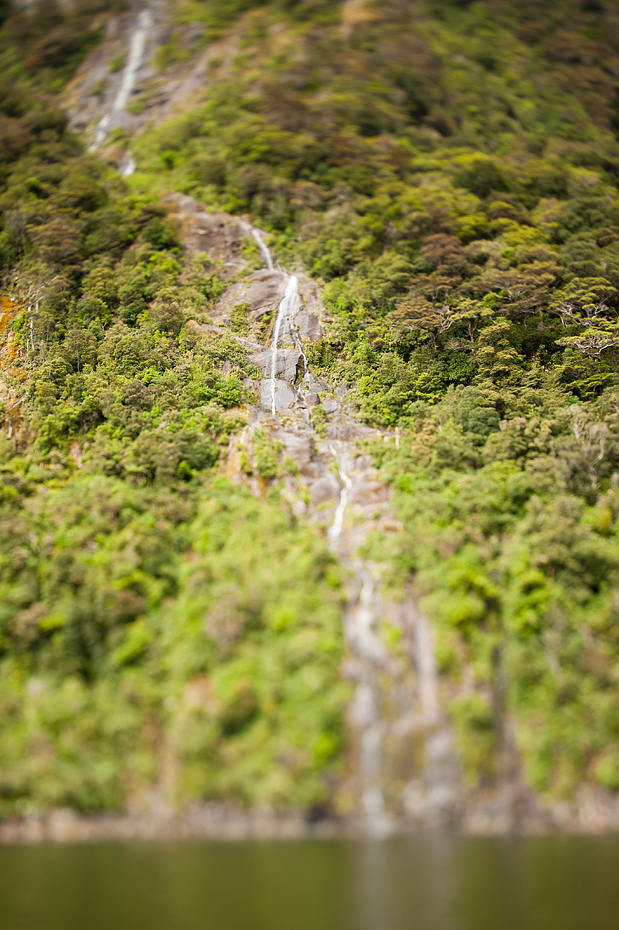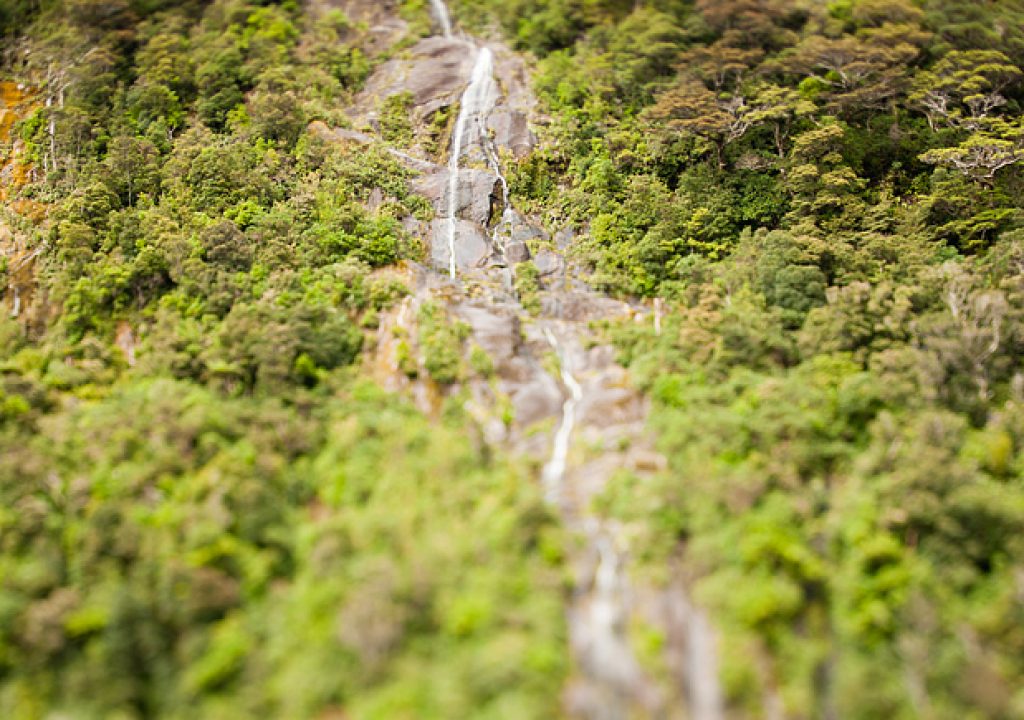
Landscape photography is very popular, and rightly so. Who doesn’t want to capture the dramatic scenes from our national parks and forests? The challenge can be finding a unique perspective or location while visiting the parks. I’ve been in a row of a hundred people photographing the same sunrise at popular overlooks. I don’t see this as a bad thing, nature photography is very popular and it is great to see so many people getting out and enjoying the outdoors. To avoid getting the same image as everyone else, I just challenge myself to create an original shot. This motivates me to climb a nearby ridge or hike down to a river to seek out a fresh perspective. If I don’t have the time to explore, then I will consider other methods of creating an original shot. One technique is using a tilt-shift lens.
Tilt-shift lenses are lenses that enable the photographer to actually move the focus plane. You can tilt the lens up and down, swing it right or left, or shift it up and down while staying parallel to the focus plane. These movements offer a lot of creative options. One popular use of a tilt-shift lens for the landscape photographer is tilting the lens down towards the foreground. This will improve the depth of field of the shot; now those colorful flowers right off the lens front will be tack sharp leading into the rest of the landscape. My favorite technique using a tilt-shift lenses is not creating more depth of field, but instead creating a radical selective focus shot. To do this I swing the lens to the left or right which will move the focus plane out of the center, resulting in a mysterious feel to the shot. This technique isn’t for everybody, but some scenes work really well with this effect. Tilt-shift images also create miniature scale in images. The shot here was taken in Milford Sound in New Zealand, and has a miniature scale appearance. It was raining when I went out to explore the sound, so big scenes with sky weren’t looking very good. I opted to try a tilt-shift lens and see what I could create.
There are two main choices for tilt-shift lenses, a dedicated lens or a Lensbaby. I have a 45mm Nikon tilt-shift, and love this lens. The optics are razor sharp, and the silky controls allow me to fine tune exactly where I want my focus plane. I also use this lens for portraits and video. Another option is using a Lensbaby. I have a Composer, and this duplicates a similar look to my tilt-shift lens. It takes more time to change apertures with the Composer, but they have interchangeable optics for different looks and the lens is relatively inexpensive The next time you are faced with a cliche’ shot, try using a tilt-shift lens to make it more interesting.

Filmtools
Filmmakers go-to destination for pre-production, production & post production equipment!
Shop Now













